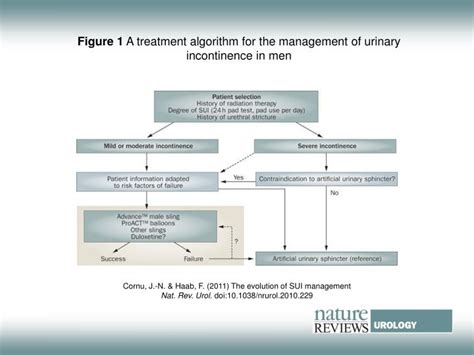Male Incontinence: Find Your Freedom Today
Male incontinence, the involuntary leakage of urine, is a more common problem than many realize. It affects men of all ages, impacting their confidence, social life, and overall well-being. While it can be embarrassing to discuss, understanding the causes, available treatments, and support systems is crucial to regaining control and reclaiming your life. This comprehensive guide will help you navigate the challenges of male incontinence and find your freedom today.
What Causes Male Incontinence?
Several factors can contribute to male incontinence. Understanding the underlying cause is essential for effective treatment.
Prostate Problems:
An enlarged prostate (benign prostatic hyperplasia or BPH) is a common cause, as it can obstruct the urethra, making it difficult to fully empty the bladder. Prostate cancer treatment, such as surgery or radiation, can also damage the nerves and muscles controlling urination, leading to incontinence.
Neurological Conditions:
Conditions affecting the nervous system, such as multiple sclerosis, Parkinson's disease, stroke, and spinal cord injuries, can disrupt bladder control signals, resulting in incontinence.
Medications:
Certain medications, including diuretics (water pills), alpha-blockers, and some sedatives, can have side effects that contribute to incontinence.
Weakened Pelvic Floor Muscles:
The pelvic floor muscles support the bladder and urethra. Weakening of these muscles, often due to age, surgery, or chronic coughing, can lead to leakage.
Other Factors:
Other contributing factors include bladder infections, diabetes, obesity, and chronic constipation. In some cases, incontinence can be caused by a combination of these factors.
How Can I Tell if I Have Male Incontinence?
Identifying male incontinence involves recognizing common symptoms. These may include:
- Leaking urine unexpectedly. This can happen during physical activity, coughing, sneezing, or laughing.
- A frequent urge to urinate. This often involves feeling the need to urinate frequently, even if only small amounts are released.
- Difficulty starting or stopping urination. Hesitancy or straining to urinate can indicate underlying problems.
- Incomplete emptying of the bladder. Feeling like you haven't fully emptied your bladder after urination.
- Nocturia (frequent nighttime urination). Waking up multiple times during the night to urinate.
If you experience any of these symptoms, it's crucial to consult a doctor for diagnosis and treatment.
What Treatments Are Available for Male Incontinence?
Treatment options for male incontinence vary depending on the underlying cause and severity of the condition.
Lifestyle Changes:
Simple lifestyle modifications can significantly improve symptoms in some cases. These include:
- Pelvic floor exercises: Strengthening pelvic floor muscles can improve bladder control.
- Bladder training: This involves scheduling bathroom visits at regular intervals to retrain your bladder.
- Dietary changes: Limiting caffeine and alcohol intake can reduce bladder irritation.
- Weight management: Losing weight, if overweight or obese, can alleviate pressure on the bladder.
Medications:
In some cases, medication can help manage incontinence symptoms. These include medications to relax the bladder muscles or improve bladder emptying.
Devices and Procedures:
Several devices and procedures can assist in managing incontinence. These range from external catheters and absorbent pads to more invasive procedures, like surgery to repair damaged muscles or nerves.
What Questions Should I Ask My Doctor?
Talking to your doctor is vital to finding the right treatment. Here are some key questions to ask:
What are the possible causes of my incontinence? This will help determine the best course of treatment tailored to your specific situation.
What tests will be needed to diagnose my condition? Proper diagnosis ensures you receive the most effective treatment.
What treatment options are available, and what are the pros and cons of each? This allows you to make an informed decision based on your individual needs and preferences.
What are the potential side effects of each treatment option? Understanding potential side effects helps manage expectations and potential risks.
What can I expect in terms of recovery time and long-term outcomes? Realistic expectations set the stage for a positive journey to recovery.
Where Can I Find Support and Resources?
Coping with male incontinence can be challenging, but you're not alone. Many resources are available to provide support and guidance:
- Support groups: Connecting with others facing similar challenges can provide emotional support and practical advice.
- Online communities: Online forums and communities offer a platform to share experiences and learn from others.
- Healthcare professionals: Your doctor and other healthcare professionals can provide personalized guidance and support.
Male incontinence doesn't have to define you. By understanding the causes, seeking appropriate medical advice, and utilizing available resources, you can regain control, enhance your quality of life, and find your freedom today. Remember, open communication with your healthcare provider is key to successful management and a return to a fulfilling life.

